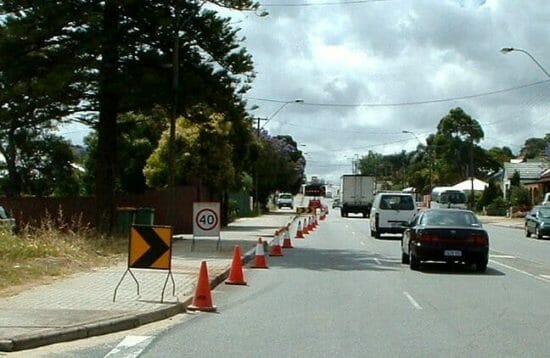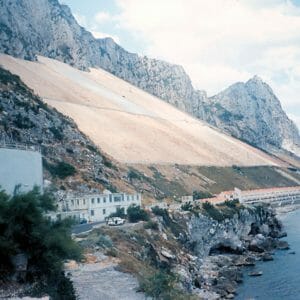E – 1339 Work Zone Traffic Control
$125.00
Courses Included
This course shows how to effectively plan and design temporary traffic controls for work zone locations. The contents of this course are intended to serve as guidance and not as an absolute standard or rule. Its purpose is to help you to use the Manual on Uniform Traffic Control Devices (MUTCD) Part 6 – Temporary Traffic Control more effectively and not replace it. Nationwide consistency is the goal of the MUTCD by requiring uniform, understandable, and effective devices. Should there be any discrepancies between the contents of this course and the MUTCD – always follow the MUTCD.
The course objective is to give engineers and designers an in-depth look at the principles to be considered when selecting and designing temporary traffic control for work zones. Upon course completion, you should be familiar with the general design guidelines for work zone traffic control.
The Manual on Uniform Traffic Control Devices for Streets and Highways (MUTCD) 2009 Edition will serve as a course reference for fundamental temporary traffic control design principles. The MUTCD is recognized as the national standard for all traffic control devices installed on any street, highway, bikeway, or private road open to public travel. Any traffic control device design or application contained within it is considered to be in the public domain and available for use.
Description
This course shows how to effectively plan and design temporary traffic controls for work zone locations. The contents of this course are intended to serve as guidance and not as an absolute standard or rule. Its purpose is to help you to use the Manual on Uniform Traffic Control Devices (MUTCD) Part 6 – Temporary Traffic Control more effectively and not replace it. Nationwide consistency is the goal of the MUTCD by requiring uniform, understandable, and effective devices. Should there be any discrepancies between the contents of this course and the MUTCD – always follow the MUTCD.
The course objective is to give engineers and designers an in-depth look at the principles to be considered when selecting and designing temporary traffic control for work zones. Upon course completion, you should be familiar with the general design guidelines for work zone traffic control.
The Manual on Uniform Traffic Control Devices for Streets and Highways (MUTCD) 2009 Edition will serve as a course reference for fundamental temporary traffic control design principles. The MUTCD is recognized as the national standard for all traffic control devices installed on any street, highway, bikeway, or private road open to public travel. Any traffic control device design or application contained within it is considered to be in the public domain and available for use.
- Fundamental principles of temporary traffic control
- Temporary traffic control devices
- Sign categories and usage
- Various types of signs and their applications
- Different pavement marking functions and specifications
- Typical applications for temporary traffic control






